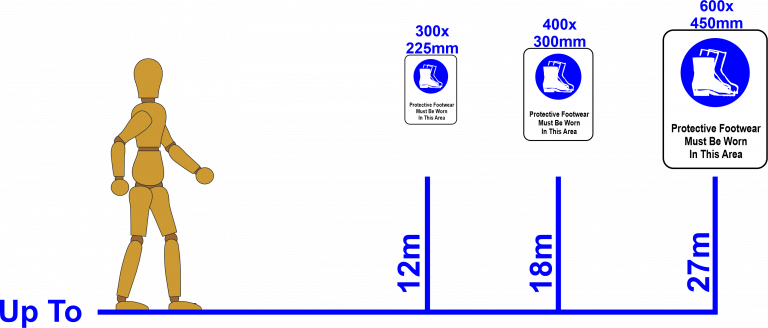
Teaching and learning resources for the construction industry with NVQ and Diploma Assessment Criteria
All workers have a right to work in places where risks to their Health and Safety are properly controlled.
Health and safety is about stopping you from getting hurt at work or ill through work.
Your employer is responsible for Health and Safety, but you must help.
The next presentation is adaptable for classroom use, accessible via the full-screen link or through continued browsing on this webpage.
To verify candidates’ comprehension, assessments can be conducted directly on the webpage or through the full-screen mode.
You may conveniently share the link via email for candidates’ participation.
Click on the links below
Health and Safety at Work Act 1974 (HASAWA)
Reporting of Injuries, Diseases and Dangerous Occurrences Regulations (RIDDOR)
Control of Substances Hazardous to Health (COSHH)
Construction Design and Management (CDM) regulations
Provision and Use of Work Equipment Regulations (PUWER)
Manual Handling Operations Regulations (MHOR)
Lifting Operations and Lifting Equipment Regulations (LOLER)
Work at Height Regulation (WAHR)
Personal Protective Equipment (P.P.E.)
The Health and Safety (Safety Signs and Signals) Regulations 1996.
An Employee is an individual who offers his or her skill and experience etc. to his or her employer in return for a monetary payment.
It is the duty of all employees while at work to comply with the following:
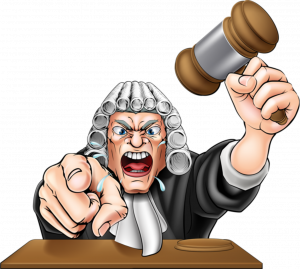
Take care at all times and ensure that their actions do not put at ‘risk’ themselves, their workmates or any other person.
Co-operate with their employers to enable them to fulfil the employers’ health and safety duties.
Never misuse or interfere with anything provided for health and safety.
Use the equipment and safeguards provided by the employers.
RIDDOR requires employers to record and report accidents and injuries at work.
This law says that if something dangerous happens at work, like an accident or injury, you usually need to report it.
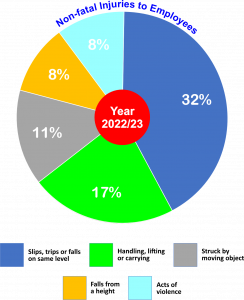
Here’s what to consider:
If the answer is no to any of these,
you probably don’t need to report it.
Reportable incidents include:
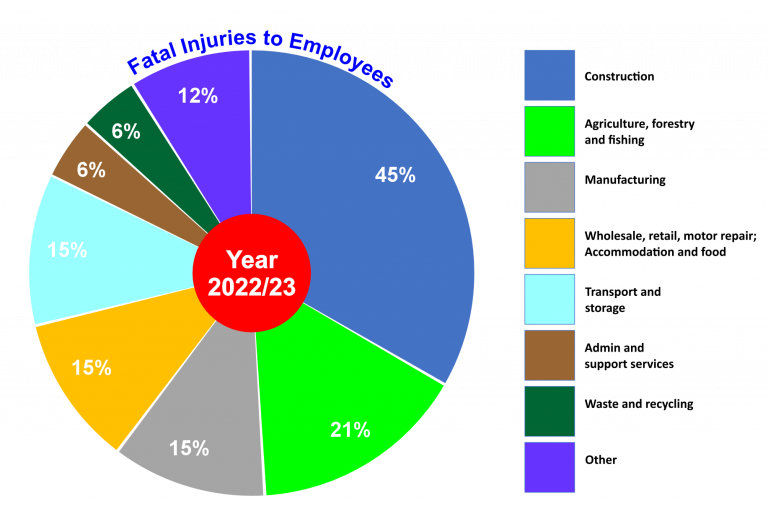
Regulations require employers to control the use, storage, transport of any substances which may be harmful to health in order to reduce the workers’ possible exposure.
Employers must address risks from:
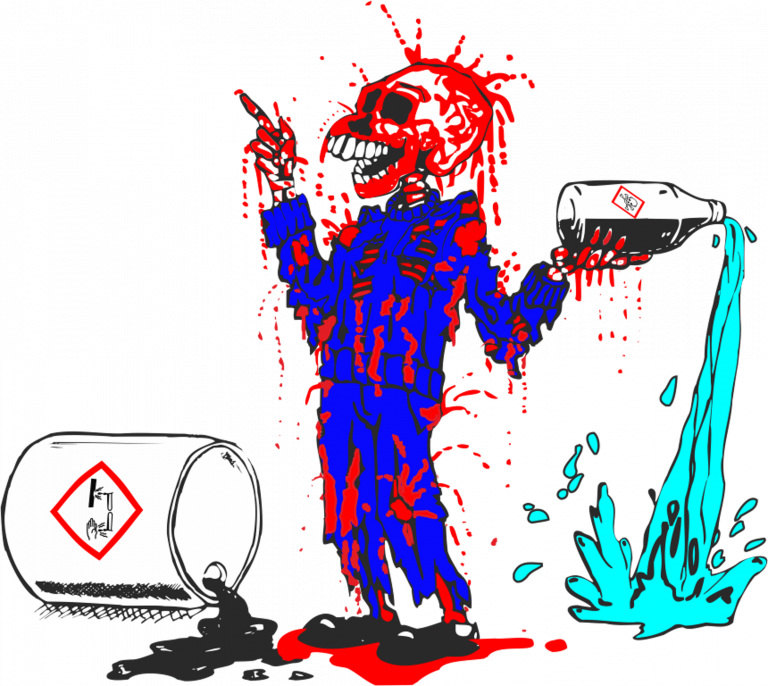

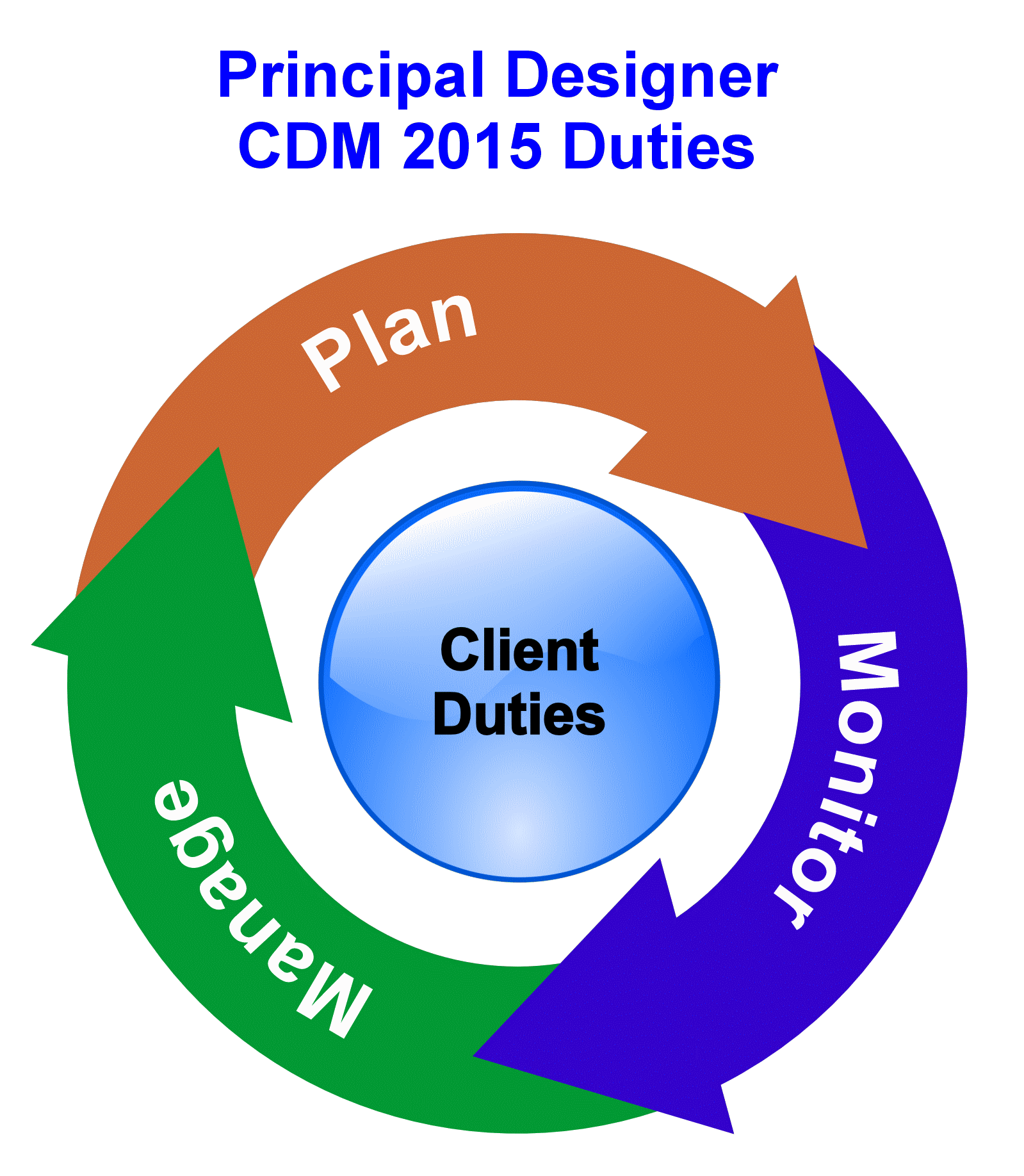
is responsible for:
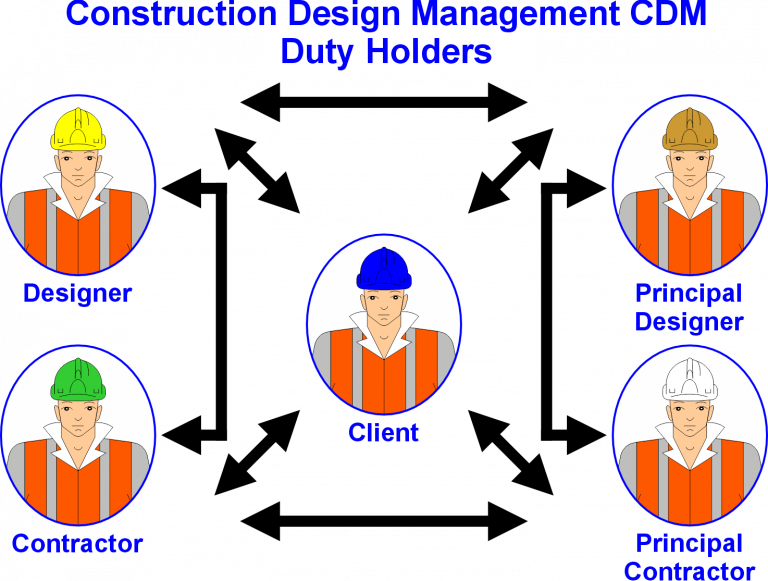
Their role ensures safety throughout the design and planning phases of construction projects.
The Regulations 1998 place duties on businesses and organisations who own, use or operate work equipment.
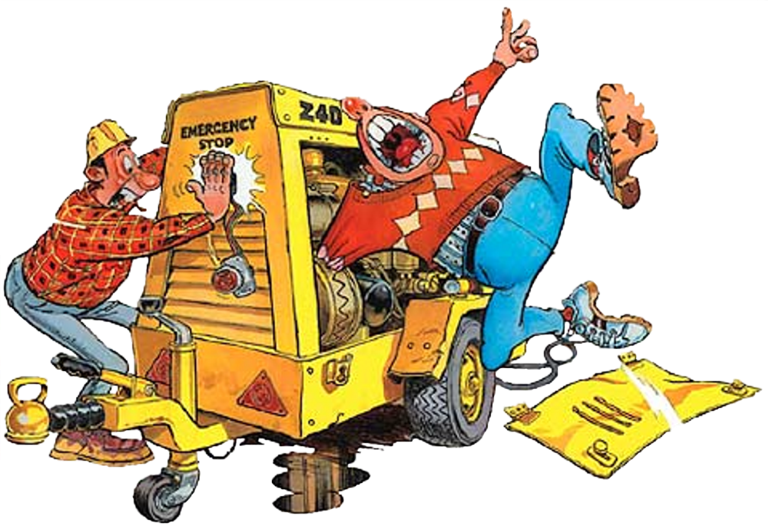
Under these regulations,
employers must ensure any equipment provided or used is:
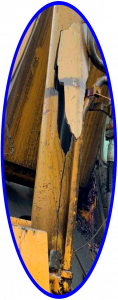
Some equipment is also covered in other legislation.
For instance, PPE equipment is covered by the PPE regulations.
apply to a wide range of manual handling activities, including lifting, lowering, pushing, pulling or carrying.
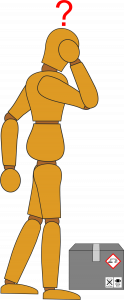
Who is Responsible for Manual Handling Regulations?
Employers have the primary responsibility.
The Manual Handling Operations Regulations Require Employers to:
Employees have responsibilities too they should:
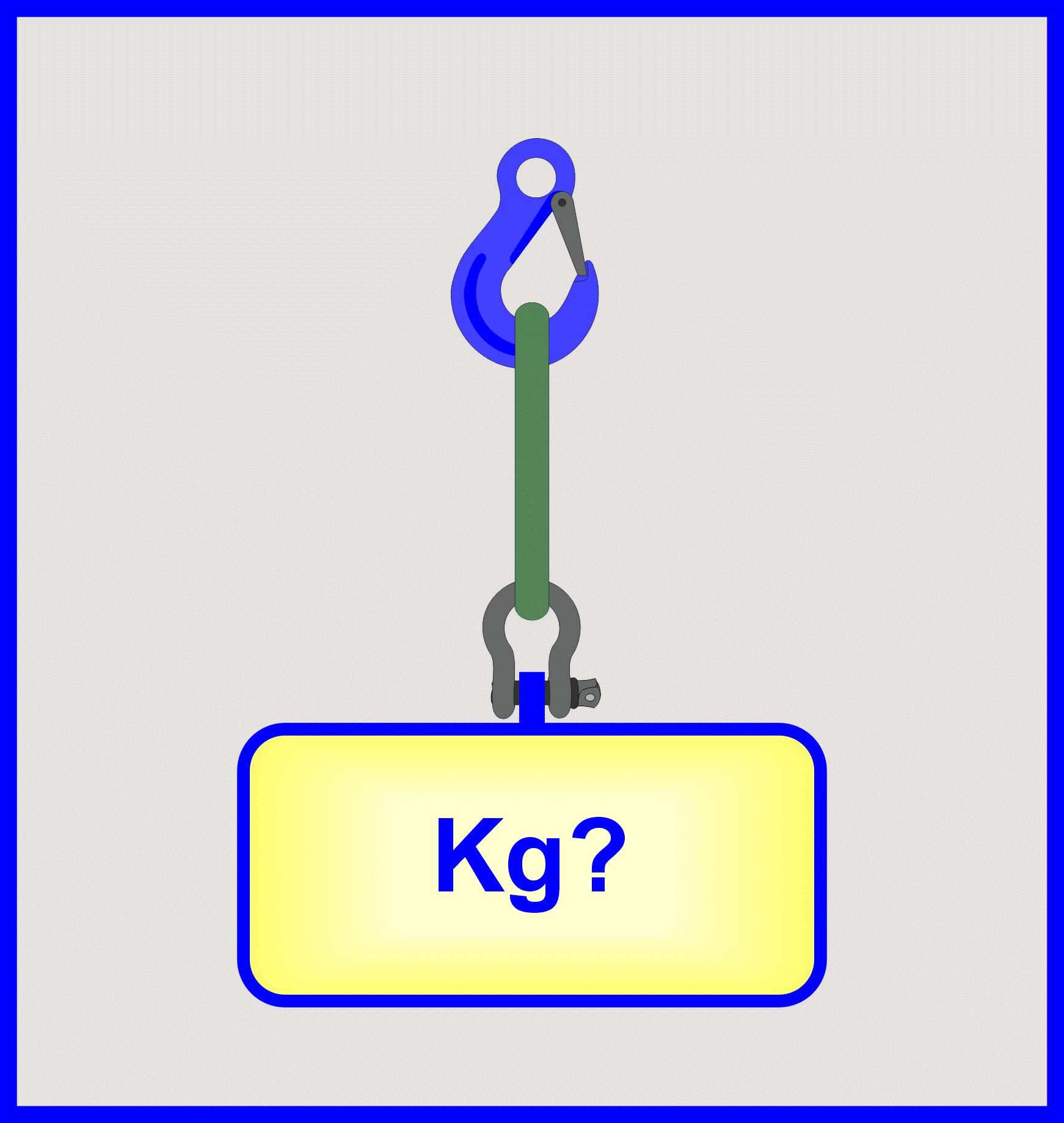
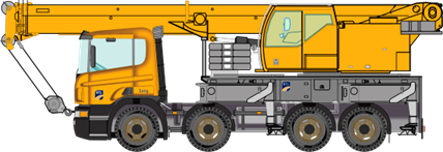
Adhering to LOLER is essential for workplace safety, as failure to comply can result in fines and legal consequences.
These regulations typically outline specific requirements, procedures, and precautions that must be followed to prevent falls and other accidents when working at elevated locations.
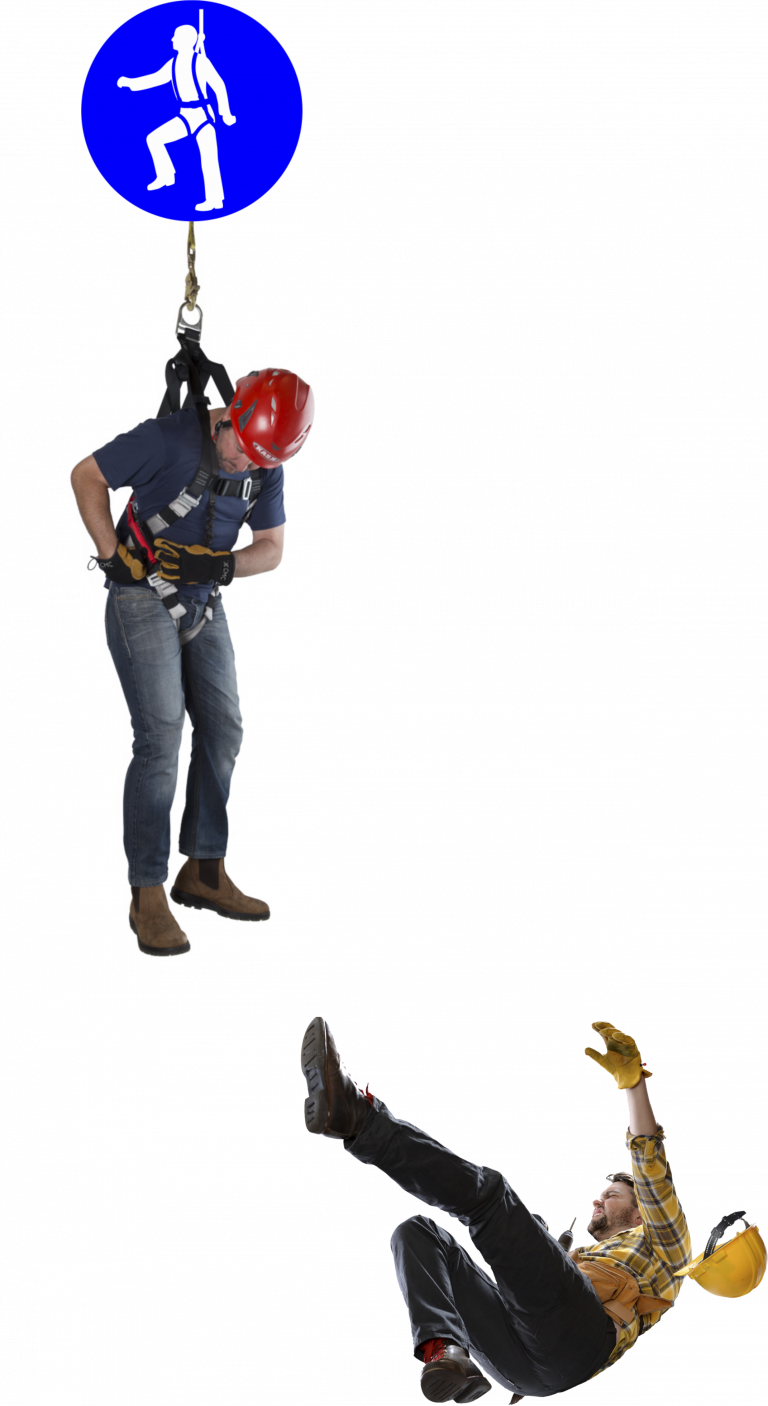
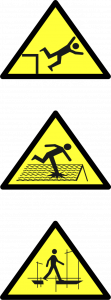
Employers must provide P.P.E. to protect staff when Health & Safety risks can’t be controlled otherwise, as per regulations.
What is PPE?
PPE equipment that needs to be provided may include protective face masks, visors, helmets, goggles, gloves, ear protectors, overalls, safety boots, air filters, and hairnets.
Furthermore, employers must:
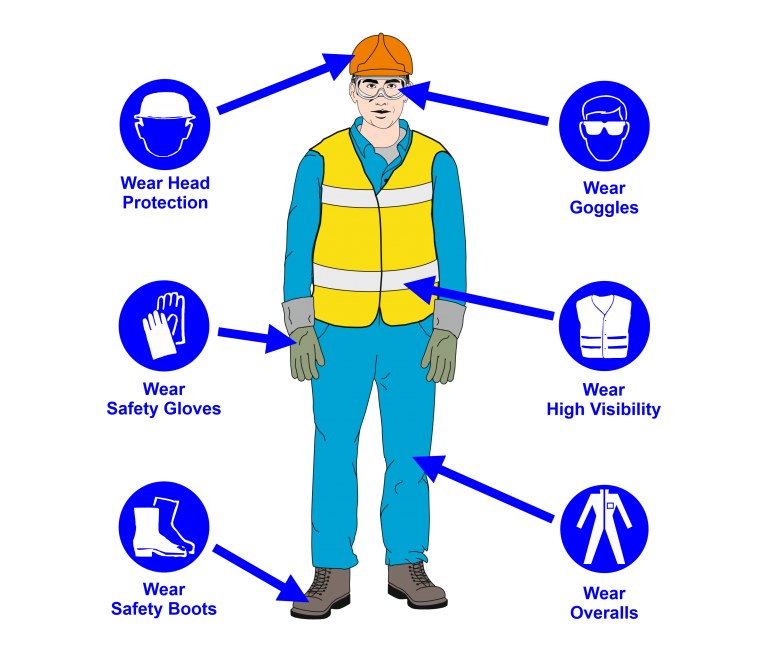

Safety Signs and Signals are vital for communicating hazards, regulations, and instructions to ensure safety.
They include prohibition, warning, mandatory, emergency, and fire safety signs.
They use standardized colours, symbols, and pictograms for universal understanding.
Proper placement, maintenance, and training are essential for their effectiveness in promoting safety.
